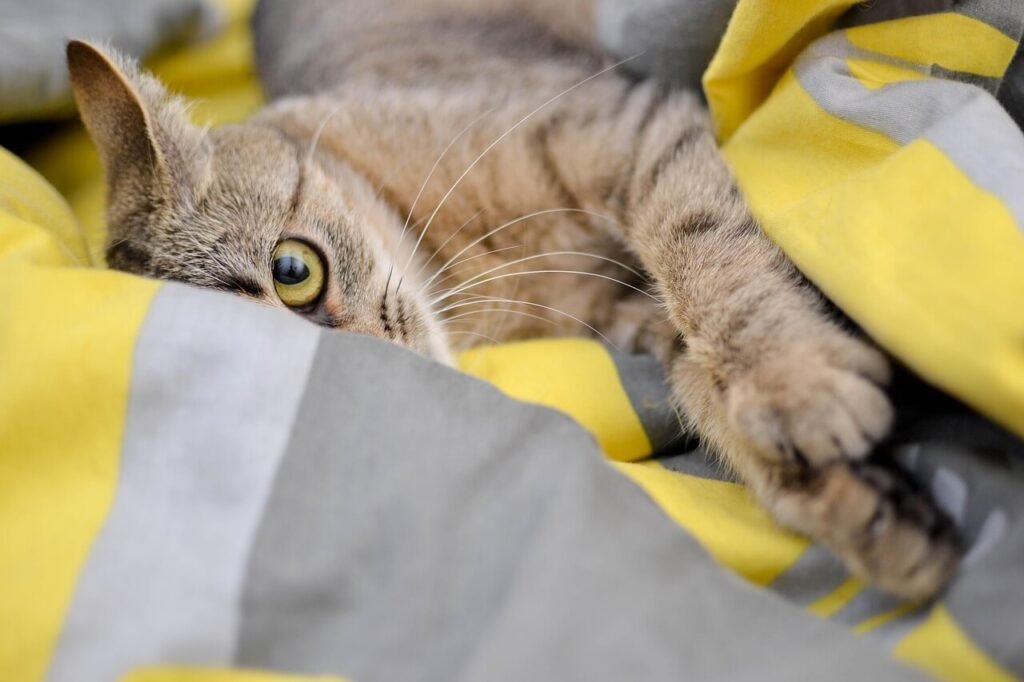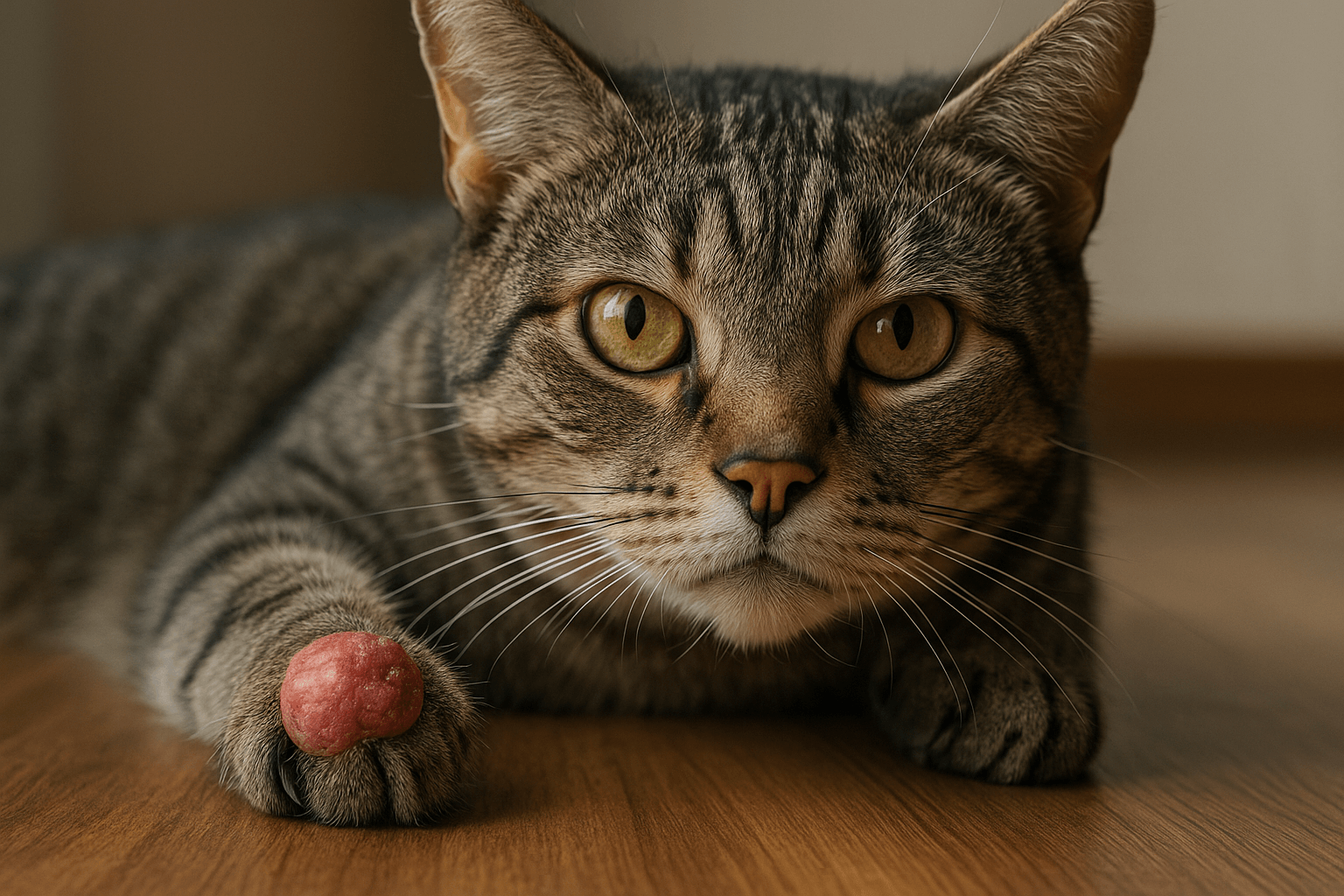Understanding Cat Nose Fungus: What You Need to Know
If you’ve noticed unusual changes in your cat’s nose, such as discoloration, scabs, or swelling, it could be a sign of a fungal infection. Cat nose fungus is a condition that can affect felines of all ages and breeds, and while it may sound alarming, understanding the causes, symptoms, and treatment options can help you address the issue effectively. In this blog post, we’ll explore everything you need to know about cat nose fungus, from identifying the signs to providing the best care for your furry friend. Let’s dive into this important topic and ensure your cat stays happy and healthy.
Common Causes of Cat Nose Fungus
Fungal infections in a cat’s nose can stem from various sources, and identifying the underlying cause is crucial for effective treatment. Below are some common factors that contribute to cat nose fungus:
Environmental Exposure
Cats that spend time outdoors are more likely to come into contact with fungi like Aspergillus or Cryptococcus , which thrive in soil and decaying matter.Weakened Immune System
A compromised immune system due to illness, stress, or age can make cats more susceptible to fungal infections.Poor Hygiene
Inadequate grooming or exposure to unclean environments can increase the risk of fungal growth on a cat’s nose.Pre-existing Skin Conditions
Cats with skin allergies or other dermatological issues may develop secondary fungal infections.High Humidity Levels
Moist environments provide an ideal breeding ground for fungi, making humid climates a potential risk factor.
Understanding these causes can help you take preventive measures and reduce the likelihood of your cat developing a fungal infection. Early intervention is key to ensuring your cat’s comfort and well-being.
Symptoms of Cat Nose Fungus
Recognizing the symptoms of cat nose fungus early can make a significant difference in your pet’s recovery. Here are some common signs to watch for:
Nasal Discharge
A clear, yellow, or bloody discharge from the nose may indicate a fungal infection.Sneezing
Frequent sneezing, especially when accompanied by nasal discharge, can be a red flag.Crusting or Scabbing
The presence of crusty patches or scabs around the nose is a common symptom of fungal infections.Swelling
Noticeable swelling or puffiness around the nasal area may suggest an underlying issue.Behavioral Changes
Lethargy, loss of appetite, or irritability can signal discomfort caused by the infection.
If you notice any of these symptoms, it’s essential to consult a veterinarian promptly. Early diagnosis and treatment can prevent complications and ensure your cat’s speedy recovery.
Check this guide 👉Cat Nose Bleed: Best 7 Expert Tips!
Check this guide 👉Understanding Cat Nose Scabs: Best 7 Health Tips!

Preventive Measures | Treatment Options |
|---|---|
Keep your cat’s environment clean | Antifungal medications prescribed by a vet |
Regular grooming and hygiene | Topical ointments for localized infections |
Limit outdoor exposure | Oral antifungal drugs for severe cases |
Maintain a balanced diet | Warm compresses to soothe affected areas |
Monitor for early symptoms | Regular follow-ups with the veterinarian |
Preventing Cat Nose Fungus
Prevention is always better than cure, especially when it comes to fungal infections. Here are some practical steps to minimize the risk of cat nose fungus:
Regular Cleaning
Keep your cat’s living space clean and free of mold or dampness to reduce fungal exposure.Proper Nutrition
A balanced diet rich in vitamins and minerals can strengthen your cat’s immune system.Limit Outdoor Time
Minimize your cat’s exposure to potentially contaminated environments, such as gardens or compost piles.Routine Vet Check-ups
Regular veterinary visits can help detect potential health issues before they escalate.Monitor Skin Health
Pay attention to your cat’s skin and coat, addressing any abnormalities promptly.
By incorporating these preventive measures into your routine, you can significantly lower the risk of your cat developing a fungal infection. A proactive approach ensures your cat stays healthy and happy.
Home Care Tips for Cats with Nose Fungus
While veterinary treatment is essential, there are also steps you can take at home to support your cat’s recovery. Here are some helpful tips:
Keep the Area Clean
Gently clean the affected area with a damp cloth to remove dirt and debris.Avoid Irritants
Keep your cat away from harsh chemicals, smoke, or anything that could irritate their nose.Provide Comfort
Create a cozy, stress-free environment to help your cat relax during their recovery.Encourage Hydration
Ensure your cat drinks plenty of water to stay hydrated and support their immune system.Follow Vet Instructions
Adhere strictly to the treatment plan prescribed by your veterinarian for the best results.
With proper home care and veterinary guidance, your cat can recover comfortably. Remember, patience and consistency are key to overcoming fungal infections.
Identifying High-Risk Environments for Cat Nose Fungus
Certain environments can increase the likelihood of your cat developing a fungal infection. Understanding these risks can help you take preventive action. Here are some high-risk scenarios to be aware of:
Damp or Moldy Spaces
Areas with poor ventilation, such as basements or bathrooms, can harbor fungi that thrive in moist conditions.Outdoor Gardens
Soil and decaying organic matter often contain fungal spores that can infect curious cats exploring their surroundings.Shared Litter Boxes
Unclean or shared litter boxes can expose your cat to harmful bacteria and fungi.Crowded Shelters
Cats in shelters may face increased exposure to infectious agents due to close quarters.Construction Sites
Dust and debris from construction areas can carry fungal spores, posing a risk to outdoor cats.
By identifying and minimizing exposure to these high-risk environments, you can significantly reduce the chances of your cat contracting a fungal infection. Prevention is always better than dealing with the consequences later.
Signs Your Cat’s Fungal Infection Is Improving
As your cat undergoes treatment for nose fungus, it’s important to monitor their progress. Here are some positive signs that indicate your cat’s condition is improving:
Reduced Nasal Discharge
A decrease in the amount or color of nasal discharge suggests the infection is subsiding.Less Frequent Sneezing
Fewer sneezing episodes are a good indicator that the nasal passages are healing.Improved Appetite
A return to normal eating habits shows your cat is feeling better overall.Decreased Swelling
Reduction in swelling around the nose reflects a positive response to treatment.Increased Energy Levels
If your cat seems more active and playful, it’s a sign they’re recovering well.
These improvements are encouraging and highlight the effectiveness of the treatment plan. However, continue to follow your vet’s advice until the infection is fully resolved.
Natural Remedies to Support Treatment for Cat Nose Fungus
While veterinary-prescribed treatments are essential, some natural remedies can complement your cat’s recovery process. Always consult your vet before trying these options:
Coconut Oil
Applying a small amount of organic coconut oil to the affected area may help soothe irritation and combat fungal growth.Aloe Vera Gel
Pure aloe vera gel can provide relief from inflammation and promote healing when applied topically.Probiotics
Adding probiotics to your cat’s diet can support their immune system and improve gut health during recovery.Herbal Teas
Cool chamomile or calendula tea can be used as a gentle compress to cleanse and calm the infected area.Humidifier Use
Using a humidifier can prevent excessive dryness, which may worsen nasal symptoms.
While natural remedies can offer additional support, they should never replace professional veterinary care. Combining these approaches under your vet’s guidance can enhance your cat’s recovery journey.
Frequently Asked Questions About Cat Nose Fungus
Can cat nose fungus spread to humans?
While rare, some fungal infections can be zoonotic, meaning they can spread to humans. Practicing good hygiene and consulting a vet can mitigate risks.
How long does it take to treat cat nose fungus?
Treatment duration varies depending on the severity but typically ranges from a few weeks to several months.
Is cat nose fungus contagious to other pets?
Some types of fungi can spread between animals, so it’s important to isolate infected pets and consult a vet.
Can I use over-the-counter antifungal creams?
It’s best to avoid self-medicating and seek professional advice, as improper treatment can worsen the condition.
Are certain cat breeds more prone to fungal infections?
While no specific breed is predisposed, cats with weakened immune systems or outdoor lifestyles may be at higher risk.
Supporting Your Cat Through Nose Fungus: A Path to Recovery
Dealing with cat nose fungus can be challenging, but with the right knowledge and care, your feline companion can overcome this condition. From recognizing the symptoms to implementing preventive measures and providing supportive home care, every step you take contributes to your cat’s well-being. Remember, your veterinarian is your greatest ally in this journey, offering expert guidance and treatment options tailored to your cat’s needs. By staying vigilant and proactive, you can ensure your cat enjoys a happy, healthy life free from the discomfort of fungal infections. Your love and dedication make all the difference!
Cuterebra Larvae in Cats: Best 7 Expert Tips! – Expert advice on signs, treatment & prevention of this rare but serious feline parasitic infestation.
Cuterebra Larvae in Dogs: Best 7 Expert Tips! – Expert advice on signs, treatment & prevention of this rare but serious parasitic infestation.
Cat Tumor on Paw: Best 7 Expert Tips! – Expert advice on signs, diagnosis, treatment & care for feline paw tumors.
Panacur Side Effects in Dogs: Best 7 Expert Tips! – Safe usage, common reactions & when to call the vet.





